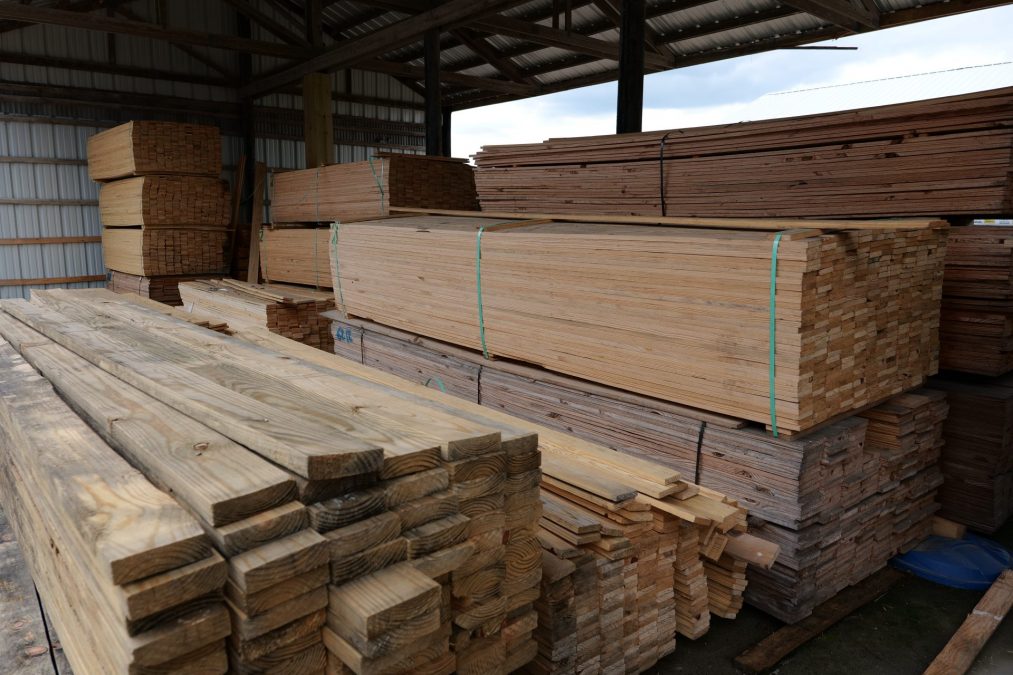
For whom the bell grows: A brief history of the Cajun holy trinity
June 1, 2021
Grow your own cut flower garden
June 1, 2021If you have started construction on a new home or want to update a room in your house, you probably have experienced sticker shock when it comes to the price of building materials, especially lumber.
Last year, the price was $354 per thousand foot of lumber. By the first week of May, the price had risen to an all-time high of $1686, an increase of nearly 475%. By May 18, the price had cooled some, down to $1,264.
This explosion in price is being fueled by high demand and an extremely tight supply of lumber. New housing construction and remodeling projects of existing homes is driving the demand. Some of this is driven by the pandemic and many people working from home.
“They would like to have some extra spaces,” said Joseph Chang, a forestry economist for the LSU AgCenter. “And consequently, many of the stay-at-home people are actually now spending money to build new houses or adding additions to houses.”
The seeds for the lumber shortage can be traced back to the financial crisis of 2008, when housing markets collapsed, which caused demand for lumber to crater.
“Lots of mills closed,” said Buck Vandersteen, executive director of the Louisiana Forestry Association. “They could not maintain operations. They closed, and they really haven’t opened.”
Chang estimates that more than 100 mills closed in the Southeast between 2006 and 2021, which represents a nearly 40% reduction. Even with the closures, production was not reduced.
“The total production did not decrease at all,” Chang said. “The mills that are remaining are bigger and more efficient, while the older, less efficient mills just dropped out.”
Louisiana has about 14 million acres of forestland, and Vandersteen is adamant the spike in lumber prices is not because of a severe shortage of trees.
“That’s completely false,” he said. “We have more wood in our forests now than 50 to 100 years ago. The problem that we have is we don’t have enough facilities to utilize all that is growing.”
While the price of the finished lumber product is high, landowners have not seen any increases on the price they receive for their timber.
“The high price and the low stumpage price are probably going to be here for a while until someone breaks that status quo and brings a new mill in,” Chang said.
Another factor hurting landowners is the numerous tropical systems during 2020 destroyed a large inventory of trees.
“Last year’s storms knocked down in a few hours about what we would cut in Louisiana during a normal year,” Vandersteen said.
While some of the downed timber from the storms was salvaged, the price landowners received for it was lower than they would have received under a normal harvest.
Vandersteen believes that landowners can still benefit from growing trees.
“Wood is a great building product,” he said. “It’s renewable. It’s sustainable. It sequesters carbon. It does all the good things that we are interested in a climate change environment.”
Both Chang and Vandersteen believe this is a good time for lumber producers to invest in Louisiana because of the state’s abundance of timber.









